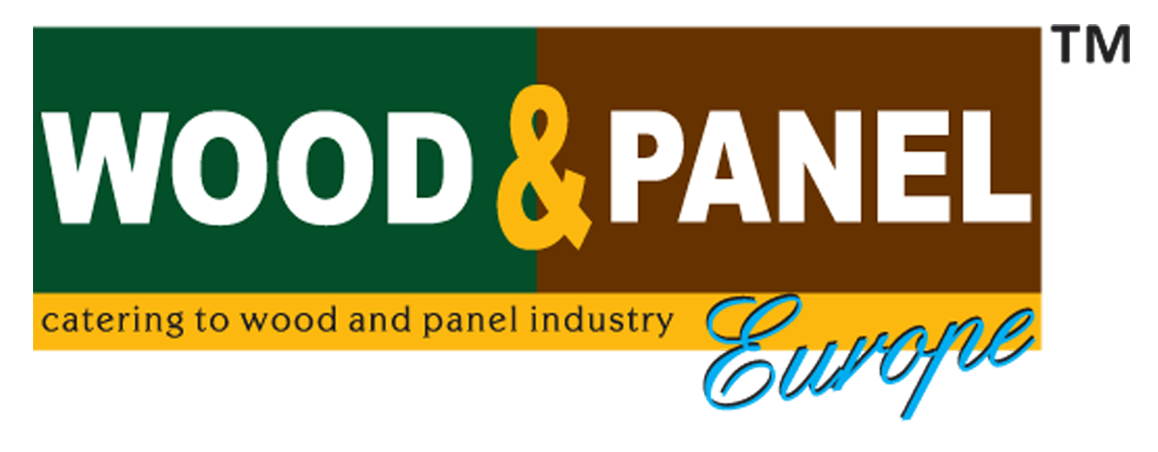Below are some of the principal areas that need to be understood by everyone taking part in the event.
- An understanding of the Fire & Emergency Procedures of the venue and the protocol for First Aid assistance. All incidents to be reported to the Organizers or the Health and Safety Officer, including near miss accidents.
- The emergency gangways, as indicated on the Site Locations Plan, must be kept clear of obstructions, at all times, throughout build-up, open days, and breakdown.
- All work areas must be maintained free from general waste materials that could be a hazard to anyone working on the stand. This also allows for any potential hazards to be clearly visible.
- Hard hats should be worn when working beneath or near overhead working, or if this is not practical, access to such areas should be restricted.
- PPE including Hi-Visibility Jackets and Steel Toe Capped Footwear must be worn during the Construction phase of Build-up and Breakdown.
- Other suitable PPE relevant to the job being undertaken must be worn e.g., hard hats, goggles ear defenders etc. NB: PPE is the last line of defense when all other alternatives have been considered. PPE must be suitable and sufficient for the job and employees trained in its uses and limitations.
- The Health and Safety Representative for either the contractor or the exhibitor (depending on the user) is responsible for ensuring the safe use and storage of flammable liquids and substances, and segregation from waste and other risk areas. Compliance with the COSHH regulations is required.
- Portable power equipment must only be operated by fully trained and certified personnel for the purpose for which it was designed, safety guards must be correctly fitted and used.
- Portable electrical tools must be used with the minimum length of trailing leads and must not be left unattended with a live power supply to it. Trailing leads and electrical cables must not cross over gangways, doorways or fire exits. Any work using power or hand tools must be restricted to the stand space, i.e., no drilling or sawing in the gangways.
- All materials used for construction or displays must be to Local Authority Standards and not less than British Class 1 standards of flammability (see Materials for Stand Construction on pg. 116)
- A hot working permit must be obtained prior to commencement of hot work (ox-acetylene, cutting/welding, arc welding, gas/oil blowlamps, grinders, tar boilers, soldering).
- Safe working at height is a priority whether using ladders or scaffold towers. For more information see Working at Height (on pg. 25) and visit www.stop-the-drop.co.uk.
- All staff working on site (whether from our own company or those of any company contracted by you) are aware and adhere to the current Working Time Regulations (S.I 1998/1883). Guidance regarding these regulations can be obtained by contacting your local HSE (Health & Safety Executive) office or visit https://www.hse.gov.uk/contact/faqs/workingtimedirective.htm
- All construction materials, ladders, trolleys etc. must be removed from the building prior to any public entering the building. Similarly, no contractors will be permitted access for breakdown until all members of the public have vacated the building.
Any queries with regards to the above please contact ops.mafs@montgomerygroup.com
On-site any violations or concerns regarding the above points should be reported to the Hall Floor Manager or to the Organiser’s Office. Internal telephones are located around the hall perimeter to contact Fire Emergency Services Dial 3333 or dial +44 (0)121 767 3333 from an external line. To contact Medial Emergency Services Dial 2222 or dial +44 (0)121 767 2222 from an external line. To contact Security Emergency Services Dial 6666 or dial +44 (0)121 767 6666 from an external line.
Risk Assessment
All exhibitors must complete a Risk Assessment that covers their activities during the Open Days.
Risk Assessments do not just relate to the building of the stands. It also needs to cover the activities of ALL exhibitor's staff while they are onsite, whether this is lifting boxes during Build-up or a Product Demo during the Open Days. The Risk Assessment must be suitable and sufficient and needs to identify all significant risks to your own staff, other exhibitors, visitors etc. that may arise from your activities.
Significant risks are those which are reasonably foreseeable in terms of probability and severe enough in outcome to warrant consideration, i.e., they are more than trivial.
The Risk Assessment is the most effective way of documenting, assessing, and controlling risks and under Health & Safety legislation is an absolute legal requirement.
Completing a Risk Assessment does not mean that you are guaranteeing that there will not be any accidents on your stand. It means you have simply taken the time to think through your actions in advance and on an on-going basis. By filling out a Risk Assessment you will be able to reduce the risks of an accident happening or the severity of the accident if it does. If you were unfortunate enough to have an accident on the stand, you may need to prove that you took all reasonable steps to prevent it happening; a risk assessment would be part of this proof. Without it you could be found liable (both personally and corporately).
Click here to find the risk assessment template or for further assistance contact your own company’s Health & Safety Officer or visit the HSE website / http://www.hse.gov.uk/risk/.
Exhibitors must submit their Risk Assessment by attaching it to their completed Health & Safety Declaration Form, no later than Friday 19th April.
We are happy to provide help and advice on completing a Risk Assessment please contact ops.mafs@montomerygroup.com
We do not approve your Risk Assessments but require copies in order to add them to the show Health & Safety file. This file will be made available for inspection by the venue, the HSE or the Local Authority should they request to see it.
A copy must also be available on the stand for presentation to any of the above if requested. If it is considered that unsafe practices are being undertaken, they have the authority to close down the stand.
Stand Building Risk Assessments
These must not be confused with the Exhibitor Risk Assessment and relate solely to the building of the stands, whether they are a Space Only, a Shell Scheme or an Organiser Build Package. As an exhibitor if you appoint a contractor to build your stand, they will complete the Stand Building Risk Assessment as part of the CDM Regulations. If you are building the stand yourself, you will need to complete the Stand Building Risk Assessment as part of the CDM Regulations. Shell Scheme Stands and Organiser Build Packages are the responsibility of the contractors appointed by the Organisers.
Working at Height
Anyone who will need to work at height when building or decorating a stand at the show (this includes any form of step or ladder) should understand and follow the Working at Height Regulations 2005 (as Amended 2007). Falls from height are one of the biggest causes of workplace fatalities and major injuries.
Before working at height, you must work through these simple steps:
- Avoid working at height wherever possible.
- Use work equipment or other measures to prevent falls where this cannot be avoided.
- If working at height cannot be avoided, use work equipment or other measures to minimise the distance and consequences of a fall should one occur.
Figure 1 below gives further guidance for each of the above steps to help you comply with the law and can be found at http://www.hse.gov.uk/pubns/indg401.pdf
You should ensure:
- as much work as possible is done from the ground.
- workers can get safely to and from where they work at height.
- equipment is suitable, stable and strong enough for the job, maintained and checked regularly.
- workers do not overload or overreach when working at height.
- workers take precautions when working on or near fragile surfaces.
- protection is provided from falling objects.
- you know the procedure should any accidents occur – see Emergency Precautions and Procedures.
The Association of Exhibition Organisers (AEO) have developed an online information resource for use in relation to safe working at height. Please visit www.stop-the-drop.co.uk.
The Working at Height 2005 Regulations can be viewed at: The Work at Height Regulations 2005 .
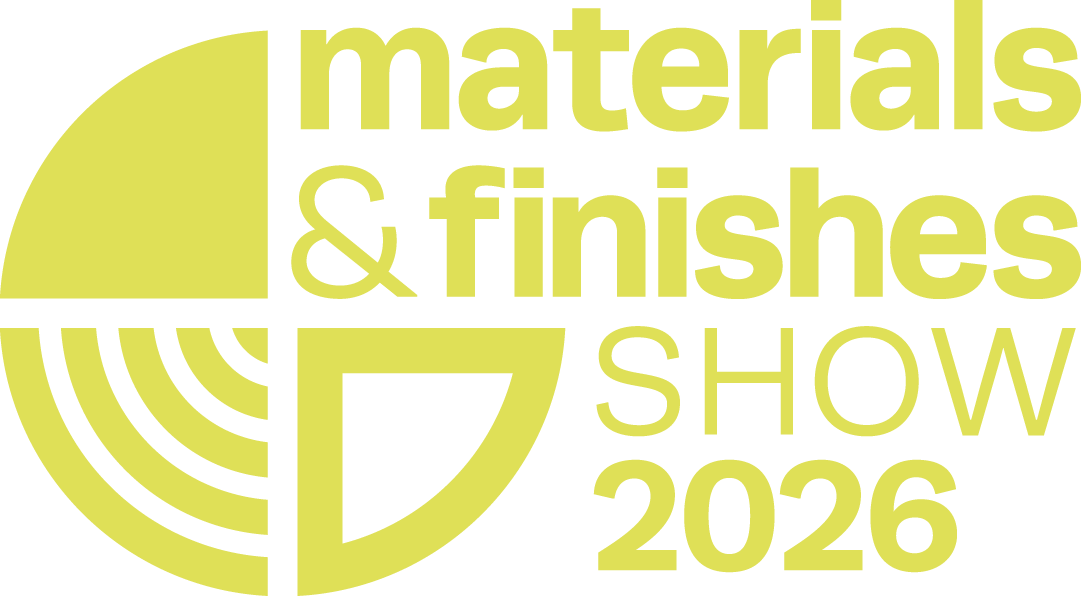



)
)
)
)
)
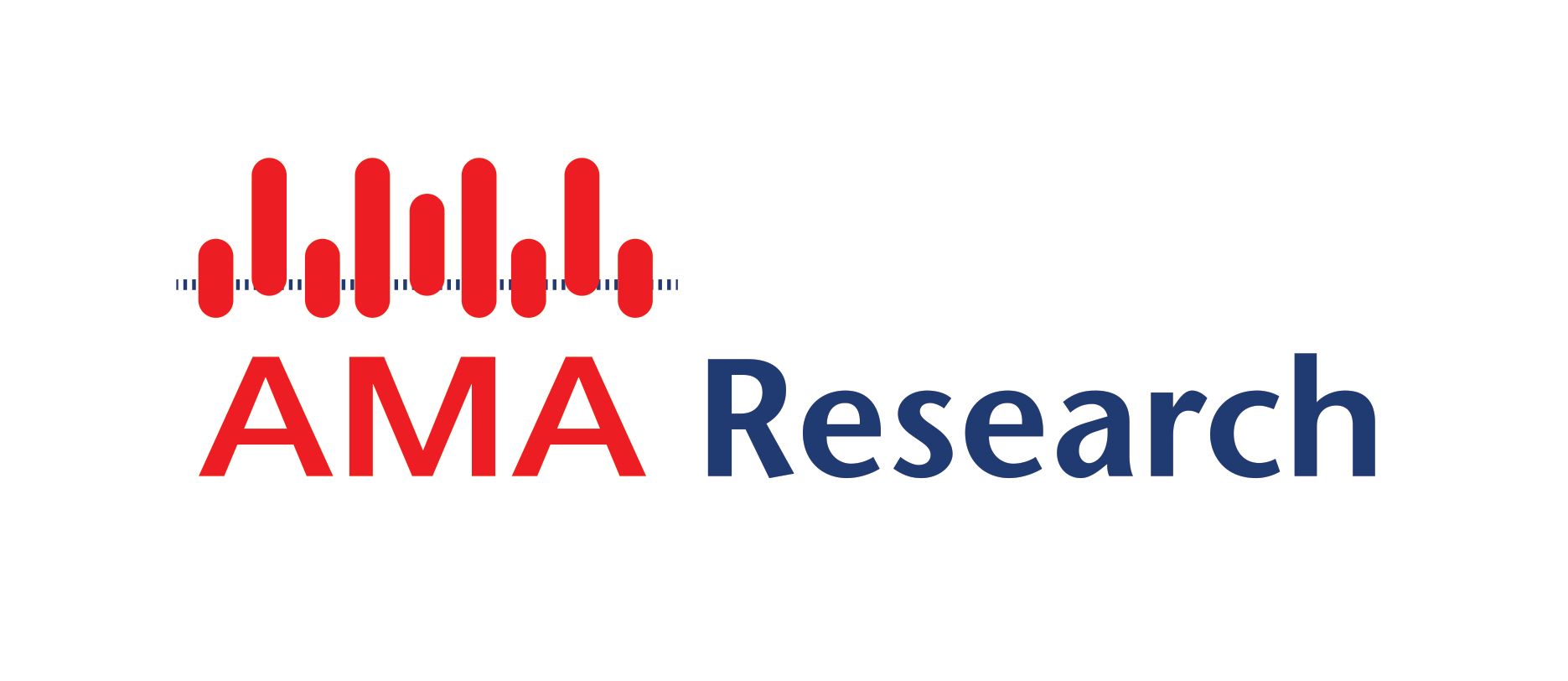
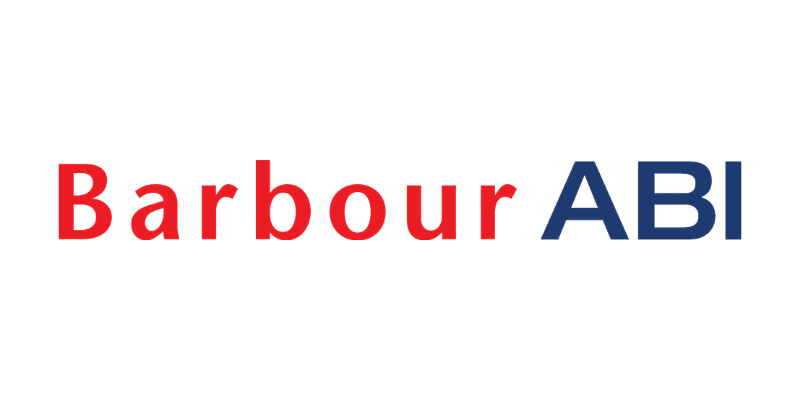

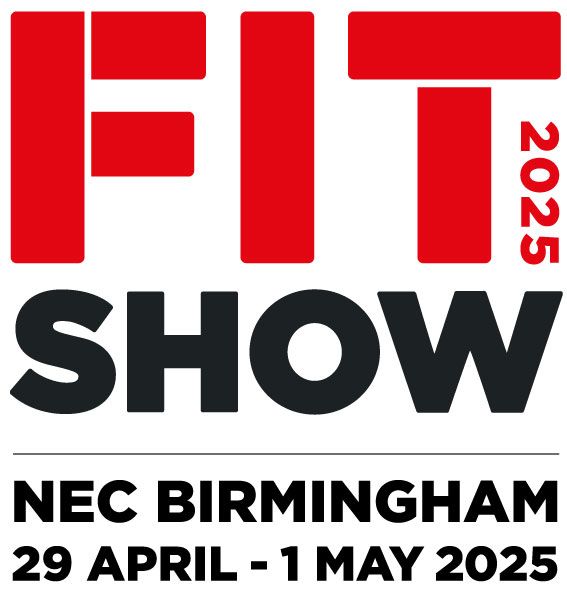


.jpg)
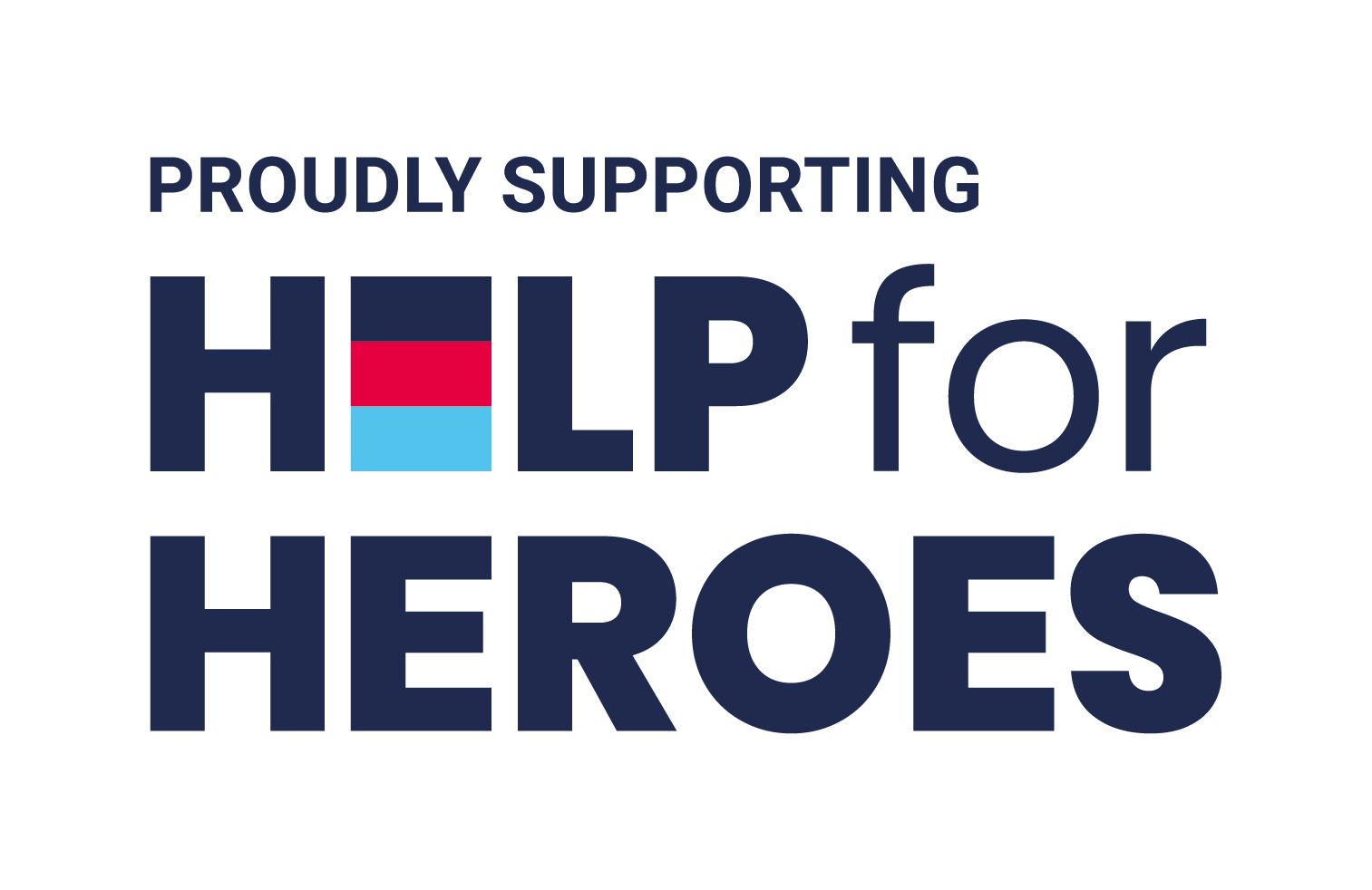
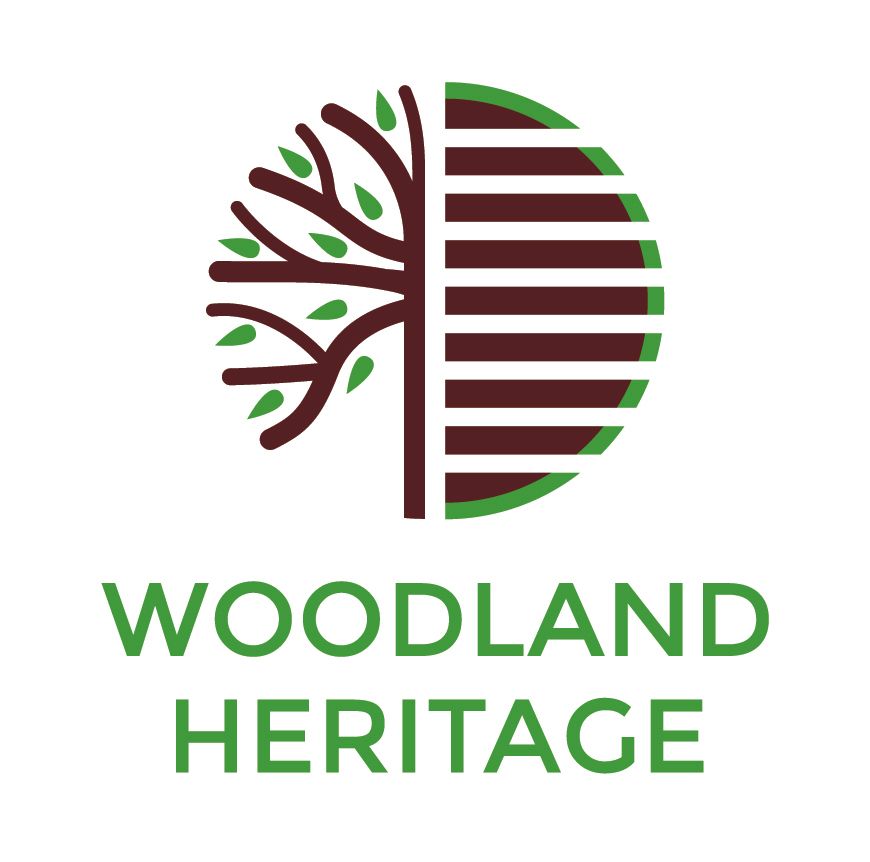
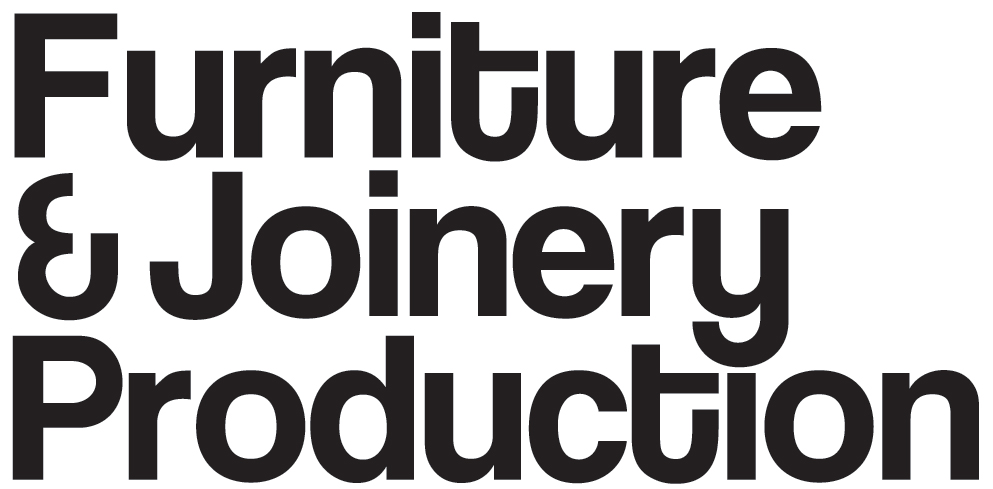

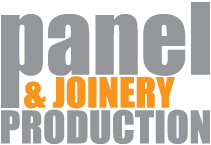
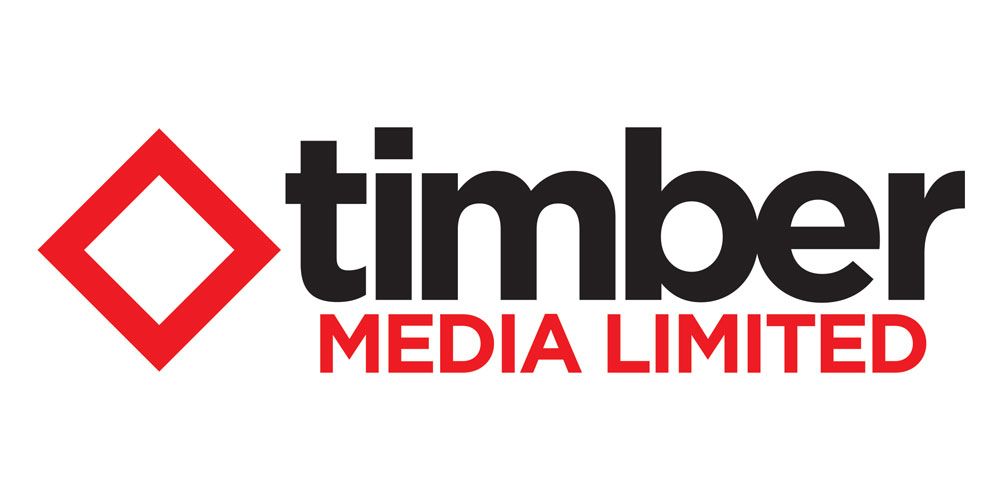
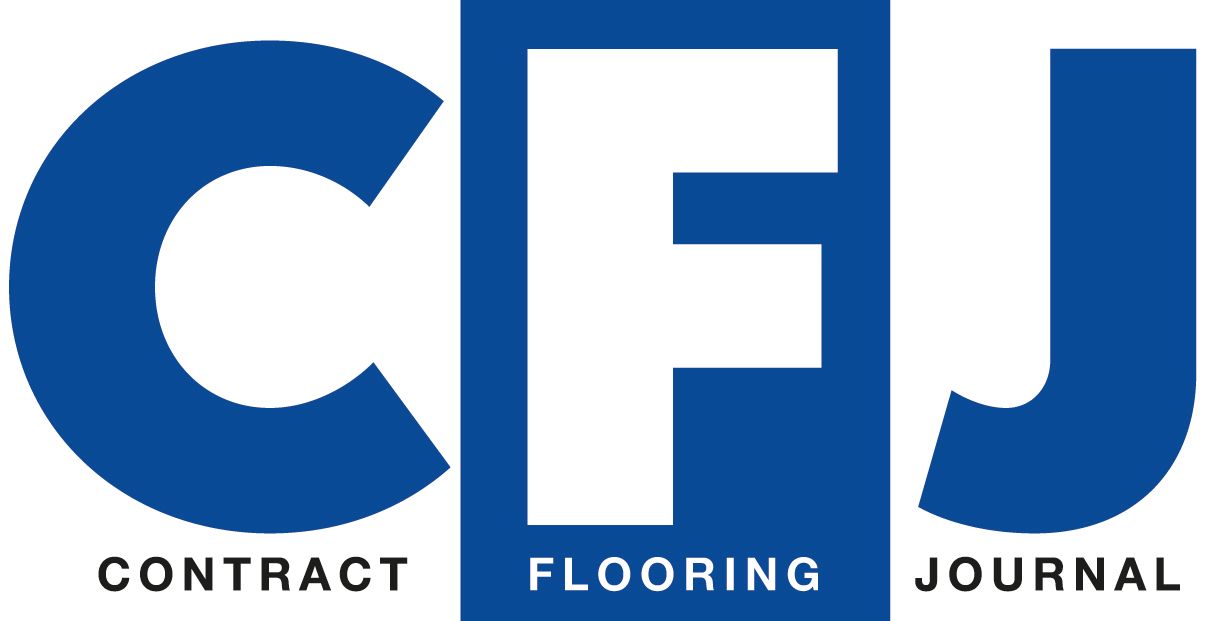
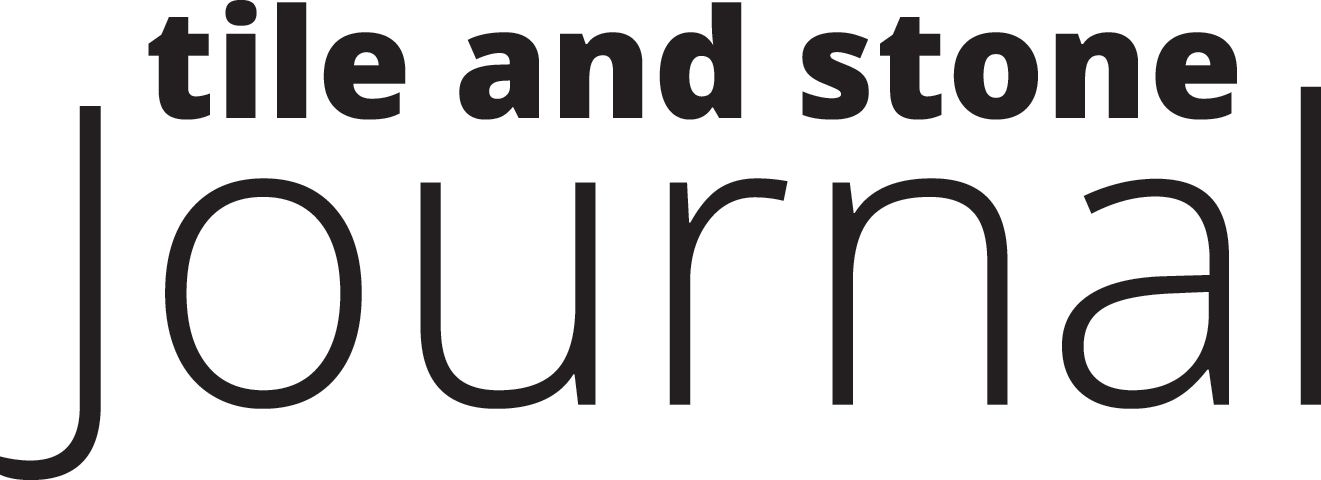
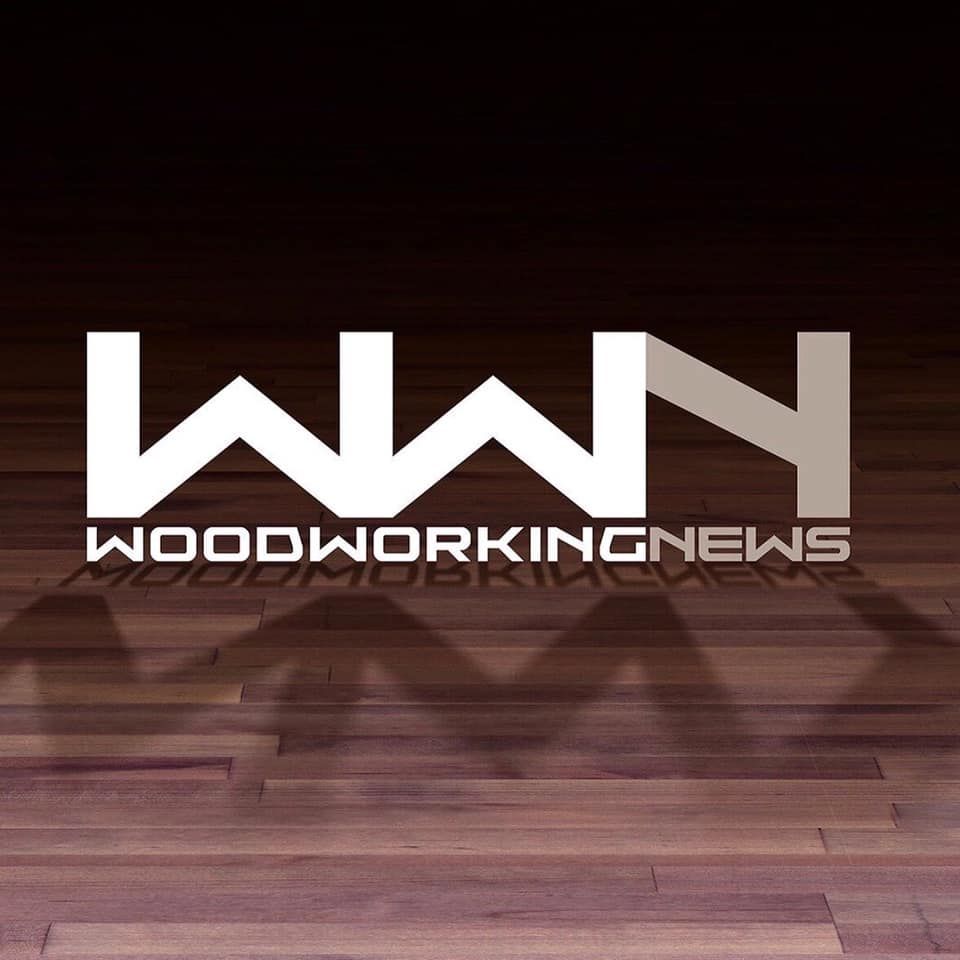
.png)
.jpg)
